
The regions Lee Academy offers busing from are:
Additional notes: Currently, busing is available to our Lynden Campus only. We have two buses that go into Ancaster and Dundas/Greensville. Our Sheffield Campus does not offer busing at this time.
How we see Lee Academy
Lee Academy has been committed to offering the finest elementary school experience in Ontario since its founding in 1996. This commitment is reflected in the school’s high academic standards, supportive environment, personalized education, and small class sizes. Attracting students from a broad range of communities, Lee Academy operates two campuses, both utilizing the outdoors as an integral part of education. The Lynden campus, placed amid 180 acres of farmland, trails, lake, and forest, provides a vibrant learning environment from JK to Grade 8. The Sheffield campus currently accepts students up to Grade 2 and is expanding each year, with the goal of becoming a full JK-8 school. In addition to core subjects and specialties like French, drama, physical education, and environmental studies, the school regularly organizes off-site field trips, including overnight trips for senior grades, and emphasizes a focus on creative and engaging learning experiences. Parents are drawn to Lee Academy for its combination of academic excellence, individual attention, immersive learning experiences, and its dedicated, qualified teaching staff.
Compare with:
How Lee Academy sees itself
"At Lee Academy, each child is given an academically challenging education based on reading, writing and arithmetic. Recognizing that ability varies from child to child, we teach these fundamental skills as early as possible, starting in kindergarten. Each student’s programme includes education in music, art, and specialty subjects such as French, drama, physical education, science, computer and digital studies and environmental studies for an engaging, well-rounded curriculum."
"Lee Academy was founded on the belief that there is a need in our society for a school which has high expectations of the students, both academically and socially, to foster in the children confidence and high self-esteem. The education of our children must prepare each of them to develop into an intelligent, prosperous and productive member of society. We focus on the individual needs of our students, while also building community among our students, teachers and families."
"Lee Academy was founded on the belief that there is a need in our society for a school which has high expectations of the students, both academically and socially, to foster in the children confidence and high self-esteem. The education of our children must prepare each of them to develop into an intelligent, prosperous and productive member of society.
Four kindergarten students were the only registrants that first September in 1996. Many people believed that with so few students and a leased facility that Lee Academy was not going to last.
The school was not built based on numbers and leases, however. It was built on a profound belief by its founders, Steven and Alison Will, that Lee Academy was the right thing to do. To build the finest academic elementary school in Ontario was, and remains, their goal. Each year the school has grown in its enrolment, in its programmes, in its staff and in its facilities."
"Lee Academy supports our students, their families and our teaching staff so that all of us can contribute positively to a global community. We believe in the importance of academic excellence, experiential learning, volunteerism and the development of lifelong learners. We remain committed to our small class sizes of 16 because we fundamentally understand the importance of individual attention, fostering a love of learning and raising our students to be productive members of our society."
"Our teachers are among the finest in Ontario. They go through a rigorous application process to ensure we are hiring intelligent, engaging, creative and committed teachers. We know that having a strong school begins and ends with our educators. They must be committed professionals who are "teachers of children, rather than teachers of subjects". Our teachers are dedicated individuals who value education and put our students first."
"At Lee Academy, our students have countless opportunities to learn in ways that foster engagement, creativity and excitement about learning. Through presentations, projects, science fairs, creative writing contests and more, our students are inspired learners. We participate in an off-site field trip experience at least once per month, including overnight trips in Grade 6, 7 & 8. Our students are exceptionally well prepared for high school and post-secondary school."
"Lee Academy is a school that has never been like any other school. Our students receive a personalized education from teachers who are among the finest in Ontario. Our students and staff define us. Our families support us. We look forward to offering the best programmes to their children, grandchildren and great grandchildren.
In late fall of 2022, Lee Academy purchased the former public school on Seaton Road, on the edge of Hamilton/Cambridge, in the village of Sheffield. In our newly renovated primary wing, we began offering Kindergarten and Grade One in the fall of 2023. Both campuses embrace all the foundations that make Lee Academy exceptional."
"Our new campus, located in the village of Sheffield, opened in September 2023, with Kindergarten and Grade One in our newly renovated primary wing. We will continue to add one grade each year until we reach Grade 8, becoming a full JK-8 elementary school."




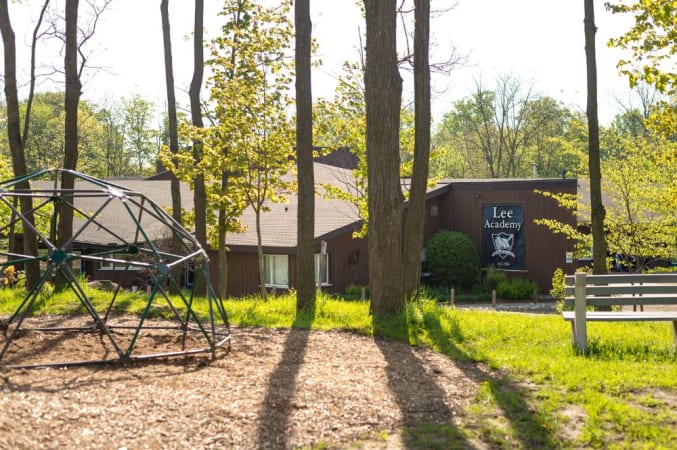







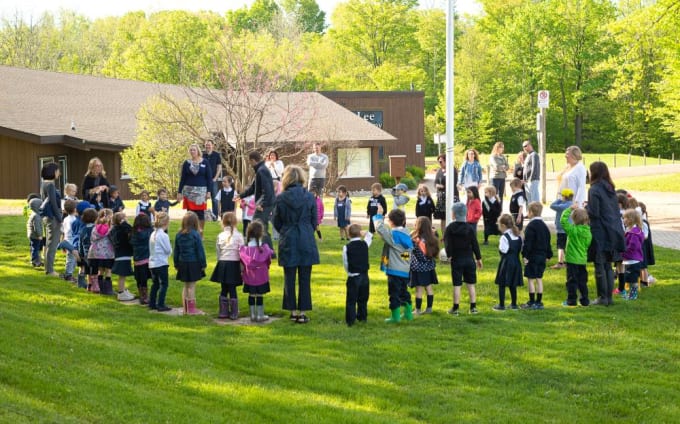
Each morning starts outside with Opening Exercises and Heart Pumping.
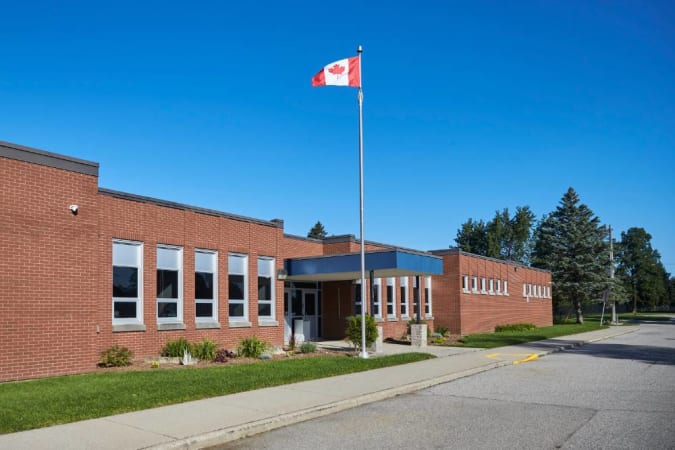
Our Sheffield Campus opened its doors in September, 2023.

Our Lynden Campus opened its doors in September, 1996.



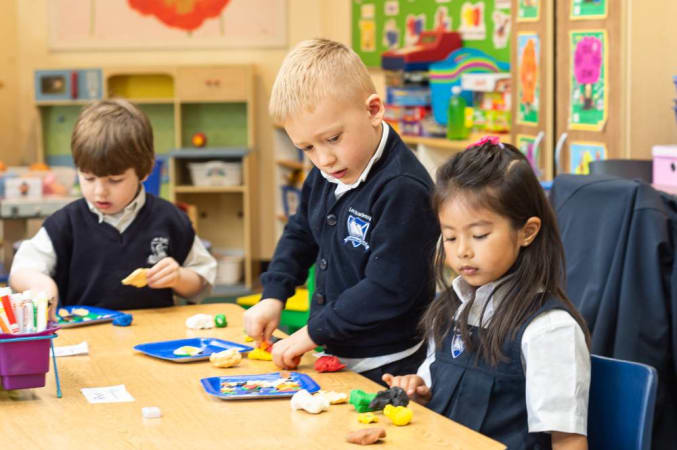
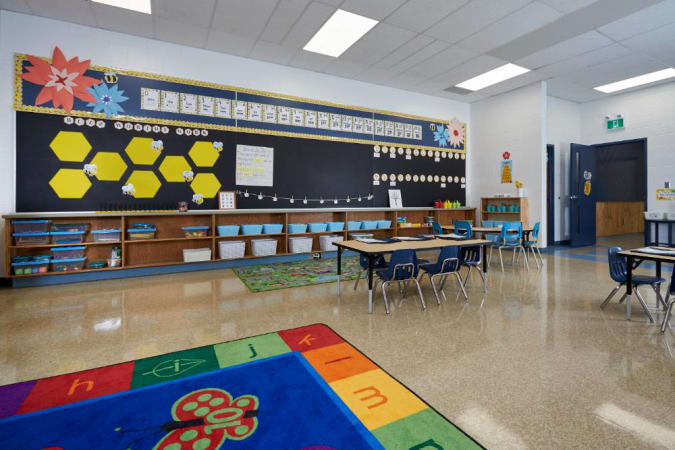
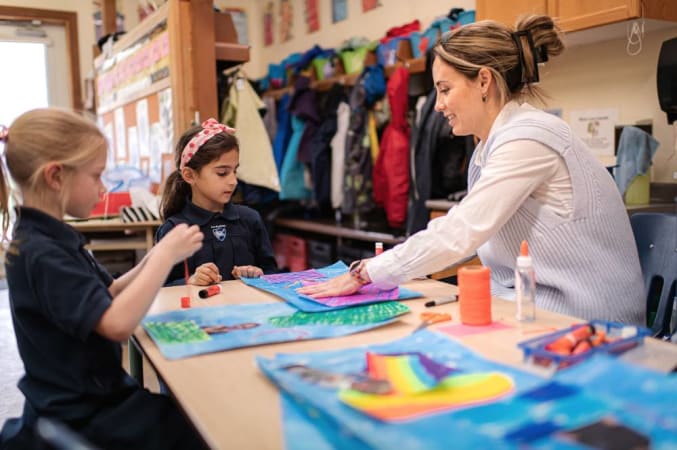









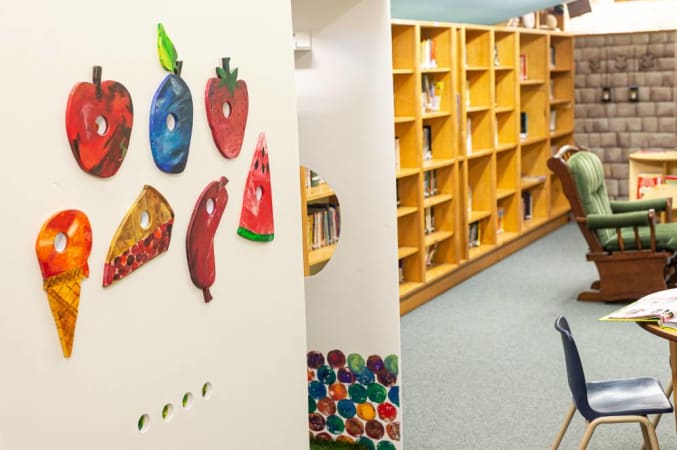
Our South Campus library space features reading nooks and over 15,000 books!
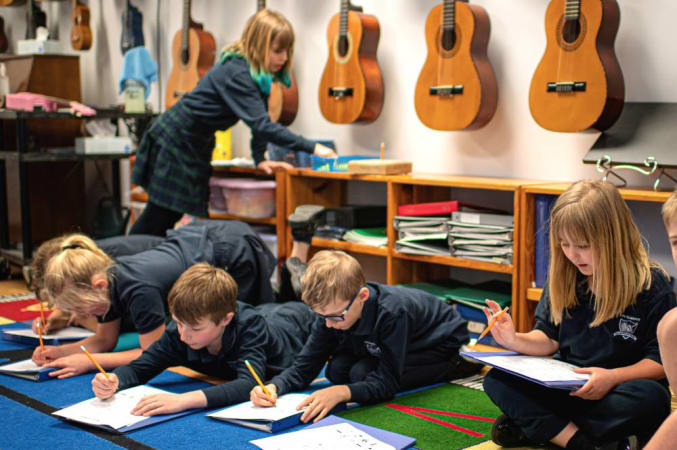
Our Music Room displaying our class sets of ukuleles and guitars.
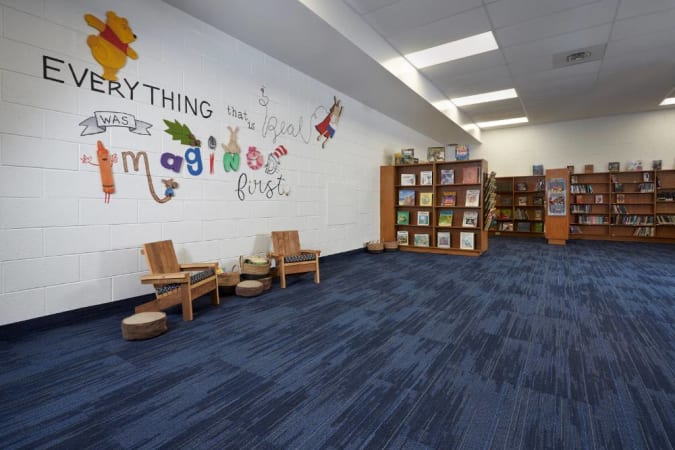
Our newly renovated North Campus library is a beautiful and spacious community space.



How people from the school’s community see Lee Academy
Most big schools provide your extroverted child with plenty of social opportunities and the ability to interact with different peer groups with a wide range of personalities, interests, values, etc. A larger student population and more extracurriculars—including activities like team sports, arts programs, and debate—will give them a broader scope of opportunities to participate in events that scratch their interpersonal itch. “This may also give them the opportunity to hone certain skills,” say Ann and Karen Wolff of Wolff Educational Services. “For instance, they might run for student council to develop leadership and public speaking skills and learn to be a voice for other students.”
Make sure any prospective school, no matter what size, provides the right social environment to help your child feel at home, make friends, and develop confidence. This is especially important at big schools, which are sometimes more socially overwhelming and challenging for an introvert to find their bearings in. Of course, “Because larger schools usually have a more diverse student population, introverted kids are more likely to find a small group of people like them, a peer group they can relate to and find acceptance from,” says Dona Matthews, Toronto-based education consultant and co-author (with Joanne Foster) of Beyond Intelligence.
Bigger schools often have a broader scope of extracurricular activities, which is another way to help your child meet the right group of friends. “This may also give them the opportunity to develop certain skills,” say Ann and Karen Wolff of Wolff Educational Services. “For instance, they might run for student council to develop leadership and public speaking skills and learn to be a voice for other students. Remember, though, each child is different—so what works for one may not work for another.”
THE OUR KIDS REPORT: Lee Academy
Next steps to continue your research:
Continue researching Lee Academy with OurKids.net, or visit school website.